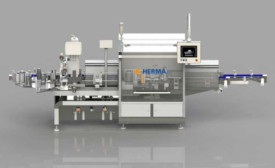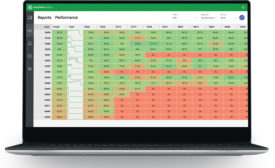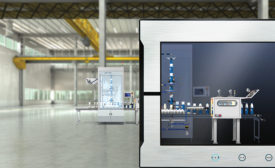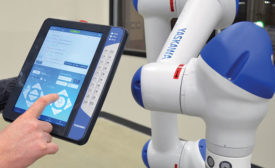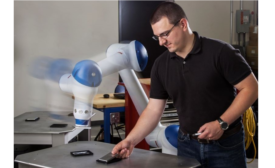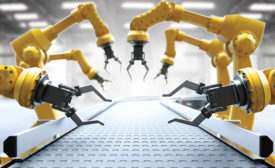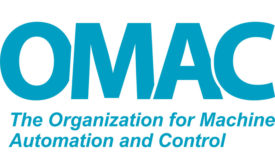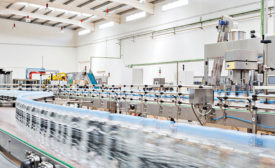Home » Keywords: » human robot collaborations
Items Tagged with 'human robot collaborations'
ARTICLES
Automation
The Future of Human Machine Interfaces 4.0
With touch displays, remote control and other advances, HMIs are now a part of everyday machines.
March 12, 2021
OEE and Beyond: The Case for a Multi-Metric Approach
Overall equipment effectiveness is one tool in an overall suite of metrics that will allow a comprehensive view of a manufacturing operation.
February 14, 2020
Automation
Giving the Human-Machine Interface a More Human Touch
There are more opportunities for machinery to respond directly to input from human operators.
January 16, 2020
Automation
Flexibility: The Key to Packaging Productivity
The effective integration of flexible robotic solutions can help manufacturers and suppliers achieve game-changing results for production line performance.
November 15, 2019
Automation
Integrating Automation for Packaging Processes
The packaging automation realm needs to embrace change with new technologies.
September 16, 2019
Automation
3 Decisions to Make When Considering IIoT
Implementing aspects of IIoT requires a combination of operational technology and information technology changes.
March 13, 2019
Keep the info flowing with our eNewsletters!
Get the latest industry updates tailored your way.
JOIN TODAY!Copyright ©2025. All Rights Reserved BNP Media.
Design, CMS, Hosting & Web Development :: ePublishing


